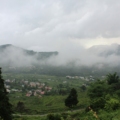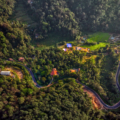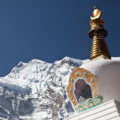Top Post Monsoon Places to Visit in India for Scenic Escapes
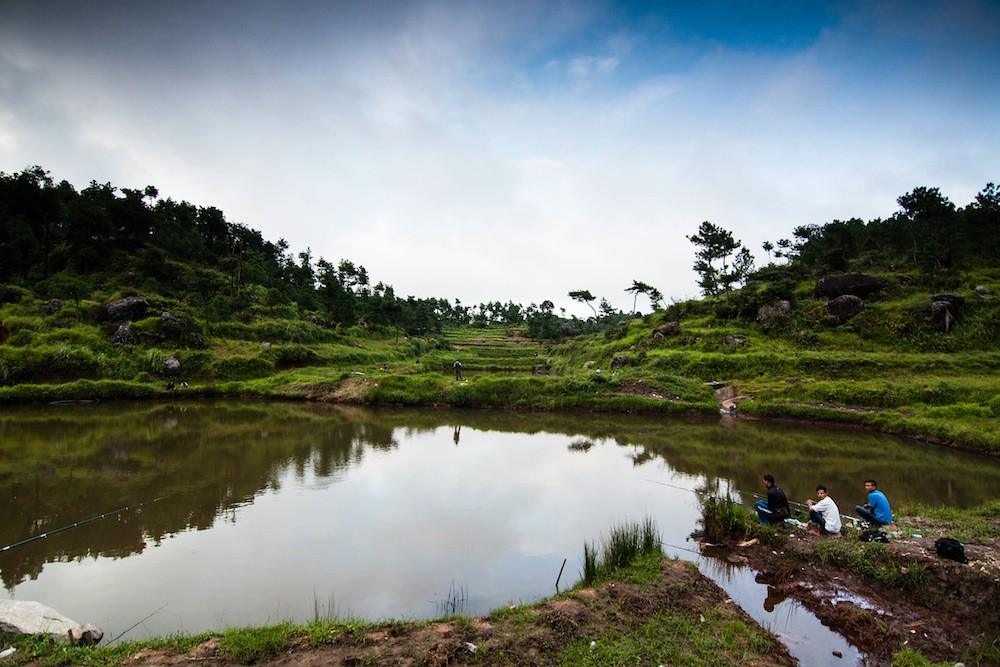
The monsoon might be over, but it leaves behind something worth travelling for: cleaner air, clear skies, and quieter trails. Post monsoon travel destinations in India come alive in their own way. Rivers settle, green cover remains, and roads are easier to drive through. It’s also a season where you see a different rhythm, markets reopen, locals get back into routines, and the tourist crowds haven’t peaked yet.
Whether you’re plotting an escape from the city, mapping out a long road trip, or simply craving a quick weekend getaway, post-monsoon places to visit in India offer something for everyone – be it culture, cuisine, treks, or stays in charming homestays and luxury villas. Here are handpicked destinations that truly come alive once the rains bid farewell.
In this Blog
Mawlynnong, Meghalaya
Why Mawlynnong is a Top Post-Monsoon Travel Destination in India:
Perched in the East Khasi Hills of Meghalaya, Mawlynnong is not just clean, it’s postcard-perfect. After the monsoon showers, the village is a riot of colour with orchids, bougainvillaea, and wildflowers blooming in every corner. Bamboo walkways, recently refreshed by the rains, lead you through spotless lanes where every home tends to its own garden. Waterfalls gush with new life, and the air carries the sweet scent of wet earth and flowers.
Weather: Mild, comfortable, and ideal for slow exploration.
Best Time to Visit: September to early December.
Top Things to Do: Explore nearby living root bridges, climb the bamboo Sky View tower for panoramic views stretching into Bangladesh, and enjoy unhurried strolls through the village.
Stay Tip: Spend the night in a bamboo villa for a true taste of Mawlynnong’s eco-conscious lifestyle.
Chikmagalur, Karnataka
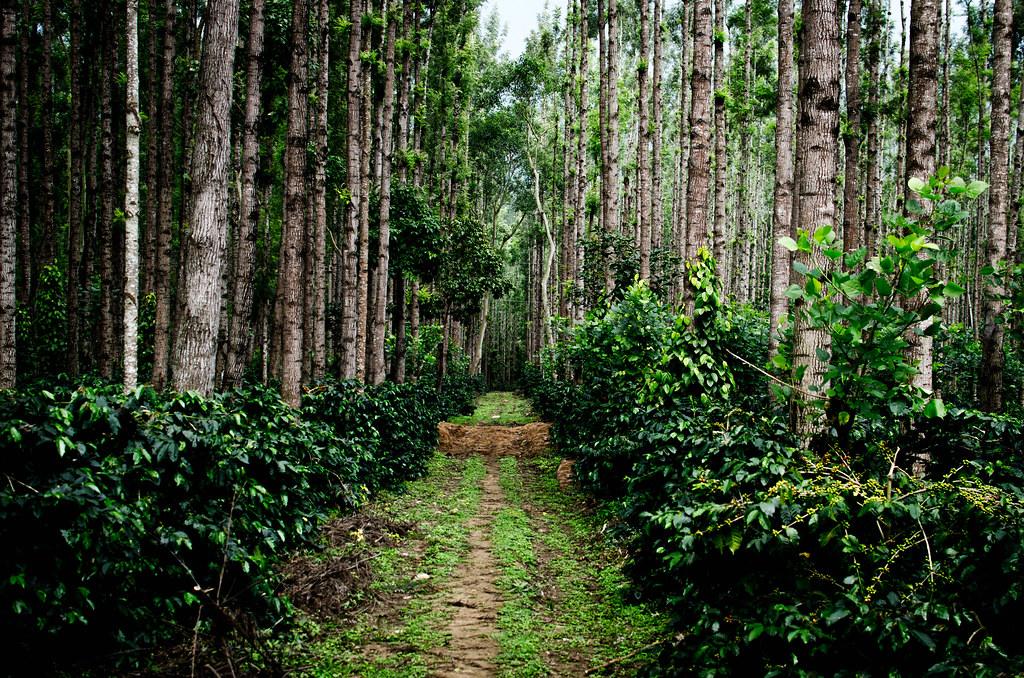
Why Chikmagalur is One of the Best Places to Visit in India After Monsoon:
In the heart of Karnataka’s Western Ghats, Chikmagalur awakens post-monsoon in a haze of mist and coffee-scented air. The hillsides, freshly washed by weeks of rain, gleam in rich emerald tones. Early mornings are quiet and otherworldly, with layers of mist curling around the plantations, while afternoons bring bursts of sunshine that make the coffee berries glow.
Weather: Crisp and cool, with pleasantly chilly evenings.
Best Time to Visit: Late September to November.
Top Things to Do: Trek up Mullayanagiri, Karnataka’s highest peak, or wander to Hebbe Falls, now flowing at full strength. Coffee lovers can tour plantations, learn about the bean-to-cup process, and savour brews right where they’re grown.
Stay Tip: Villas tucked inside working plantations let you wake up to birdsong and the aroma of freshly ground coffee.
Gandikota, Andhra Pradesh
Why Gandikota is a Unique Monsoon Travel Place in India:
Nicknamed the Grand Canyon of India, Gandikota’s vast gorge is a breathtaking meeting of geology and history. Carved by the Penna River over centuries, the cliffs are particularly striking after the rains, when the river swells and shimmers under the sunlight. The ochre-red rocks contrast beautifully against the greenery revived by the monsoon.
Weather: Dry, pleasant, and perfect for outdoor exploration.
Best Time to Visit: October to December.
Top Things to Do: Explore the centuries-old Gandikota Fort, kayak in the river below the gorge, and stargaze in skies unpolluted by city lights—Gandikota is a recognised dark-sky destination in South India.
Stay Tip: Opt for a riverside villa for luxury, or camp under the stars for an unforgettable night.
Ziro Valley, Arunachal Pradesh
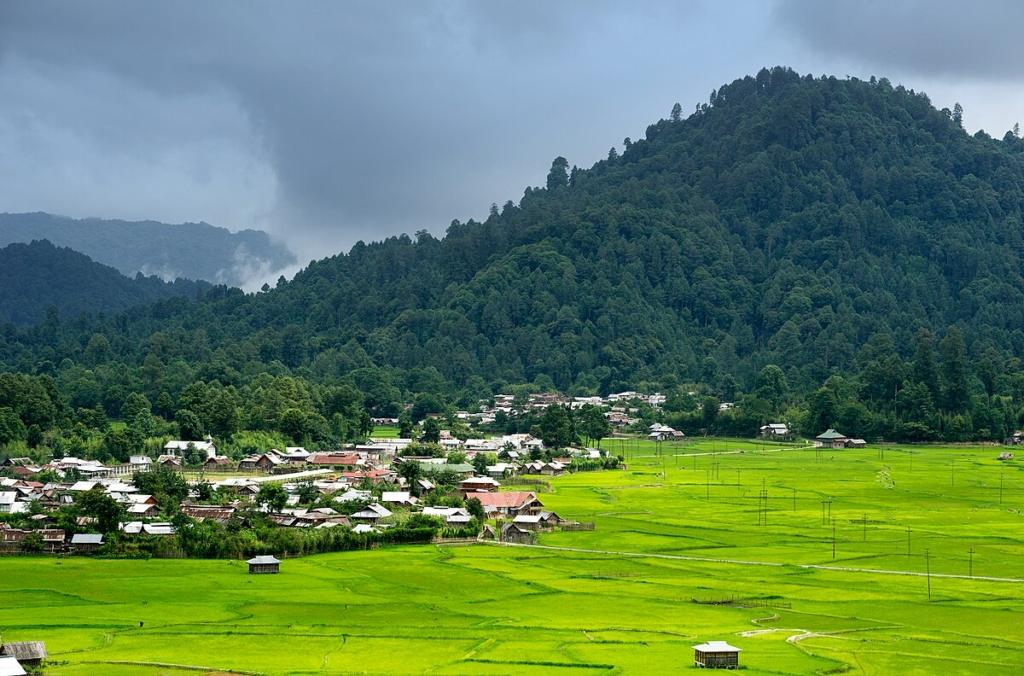
Why Ziro Valley is an Offbeat Post-Monsoon Destination in India:
Framed by pine-clad hills, Ziro Valley in Arunachal Pradesh feels like a gentle embrace of nature and culture. Post-monsoon, the valley’s famous paddy fields turn golden, a striking contrast against the deep green of the surrounding forests. September marks the Ziro Music Festival, an open-air celebration where indie bands perform to a backdrop of endless hills and fields.
Weather: Cool, dry, and festival-perfect.
Best Time to Visit: September to October.
Top Things to Do: Attend the music festival, walk along the shimmering rice paddies, visit Apatani tribal homes, and try local delicacies cooked with fresh bamboo shoots.
Bundi, Rajasthan
Why Bundi is an Unexpected Post-Monsoon Gem:
Bundi, with its labyrinth of blue houses and ornate stepwells, often escapes the limelight—but that’s exactly its charm. Post-monsoon clouds linger around the majestic Taragarh Fort, while the town below feels like a living artwork in shades of blue and gold. The air is cooler, the skies dramatic, and the pace unhurried.
Weather: Dry days, cool evenings.
Best Time to Visit: October to early December.
Top Things to Do: Admire the intricate architecture of Raniji ki Baori, explore the frescoed halls of Garh Palace, and lose yourself in Bundi’s maze-like old streets.
Stay Tip: Choose a heritage villa that’s kept its 18th-century character while offering modern comfort.
Valparai, Tamil Nadu
Why Valparai is Among the Quietest Monsoon Places in India:
Tucked deep within the Anamalai Tiger Reserve, Valparai is a serene tea-growing town reached via a winding road with 40 hairpin bends. After the monsoon, this road becomes a wildlife corridor—keep your eyes peeled for elephants, lion-tailed macaques, and hornbills as you drive through misty forests.
Weather: Cool and breezy from September onwards.
Best Time to Visit: September to November.
Top Things to Do: Drive the scenic Aliyar–Valparai route, visit Sholayar Dam, and sip freshly brewed tea in local shops.
Stay Tip: Villas perched on the edge of tea gardens offer panoramic valley views.
Pachmarhi, Madhya Pradesh
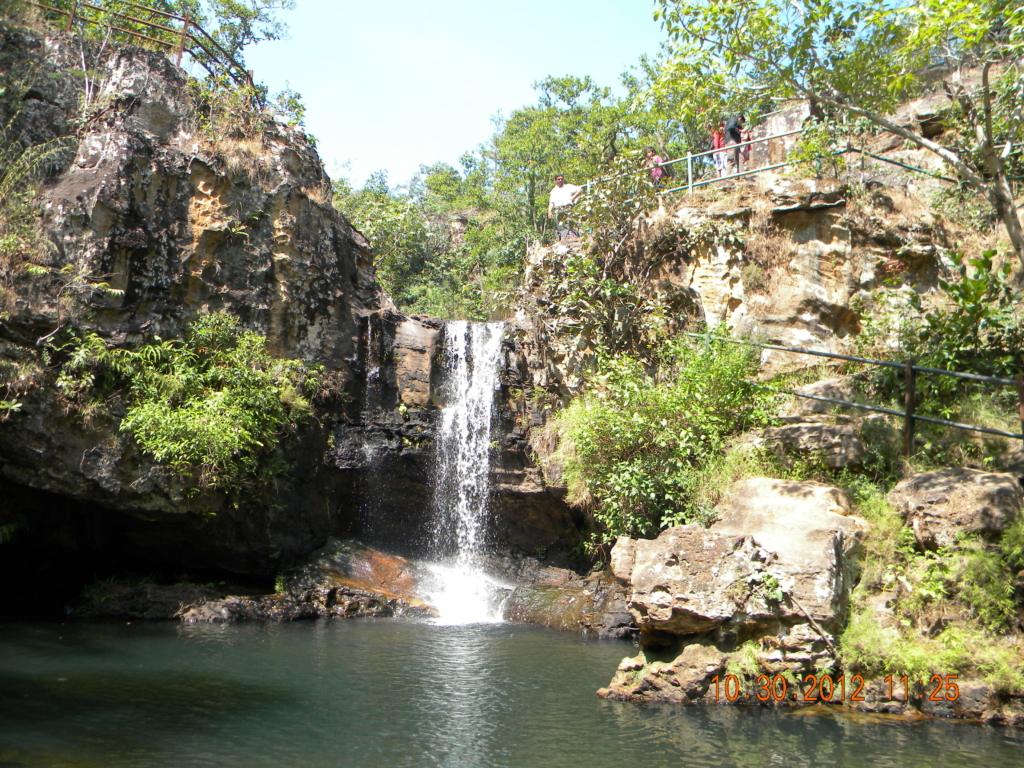
Why Pachmarhi is an Underrated Post-Monsoon Travel Destination:
Pachmarhi, the only hill station in Madhya Pradesh, feels like a step back in time. Colonial-era cottages dot the town, while natural attractions like Bee Falls, Pandava Caves, and Dhoopgarh glow in the clear light of post-monsoon days. Trails are safe yet adventurous, with streams still running and forests full of life.
Weather: Dry, pleasantly cool, perfect for hikes.
Best Time to Visit: October to November.
Top Things to Do: Trek to Dhoopgarh for panoramic sunset views, swim in cascading falls, and explore ancient rock shelters with prehistoric art.
Stay Tip: Eco-friendly villas offer sweeping hill views and serene surroundings.
Gurez Valley, Jammu & Kashmir
Why Gurez Valley is a Bold Yet Beautiful Post-Monsoon Place in India:
Remote and unspoiled, Gurez Valley in north Kashmir feels like another world. The Kishanganga River runs swift and clear, meadows brim with wildflowers, and the air carries the scent of pine. This short window between the monsoon and the first snowfall is the valley at its most magical.
Weather: Pleasantly cool days, cold nights.
Best Time to Visit: Mid-September to early November.
Top Things to Do: Walk in untouched meadows, try trout fishing, and take in the dramatic sight of Habba Khatoon Peak.
Stay Tip: Traditional wooden villas offer a warm retreat with views that seem to go on forever.
Travelling post-monsoon means fewer crowds, cleaner landscapes, and nature at its freshest. From tea plantations in Chikmagalur to offbeat escapes like Gurez Valley and Gandikota, these post-monsoon destinations in India deliver a mix of culture, history, and natural beauty.
If you’re planning your next India trip after monsoon, let these scenic, diverse, and peaceful destinations be your inspiration.
Article by: Ruben Saha
Image Credits: Neelima v via Flickr



